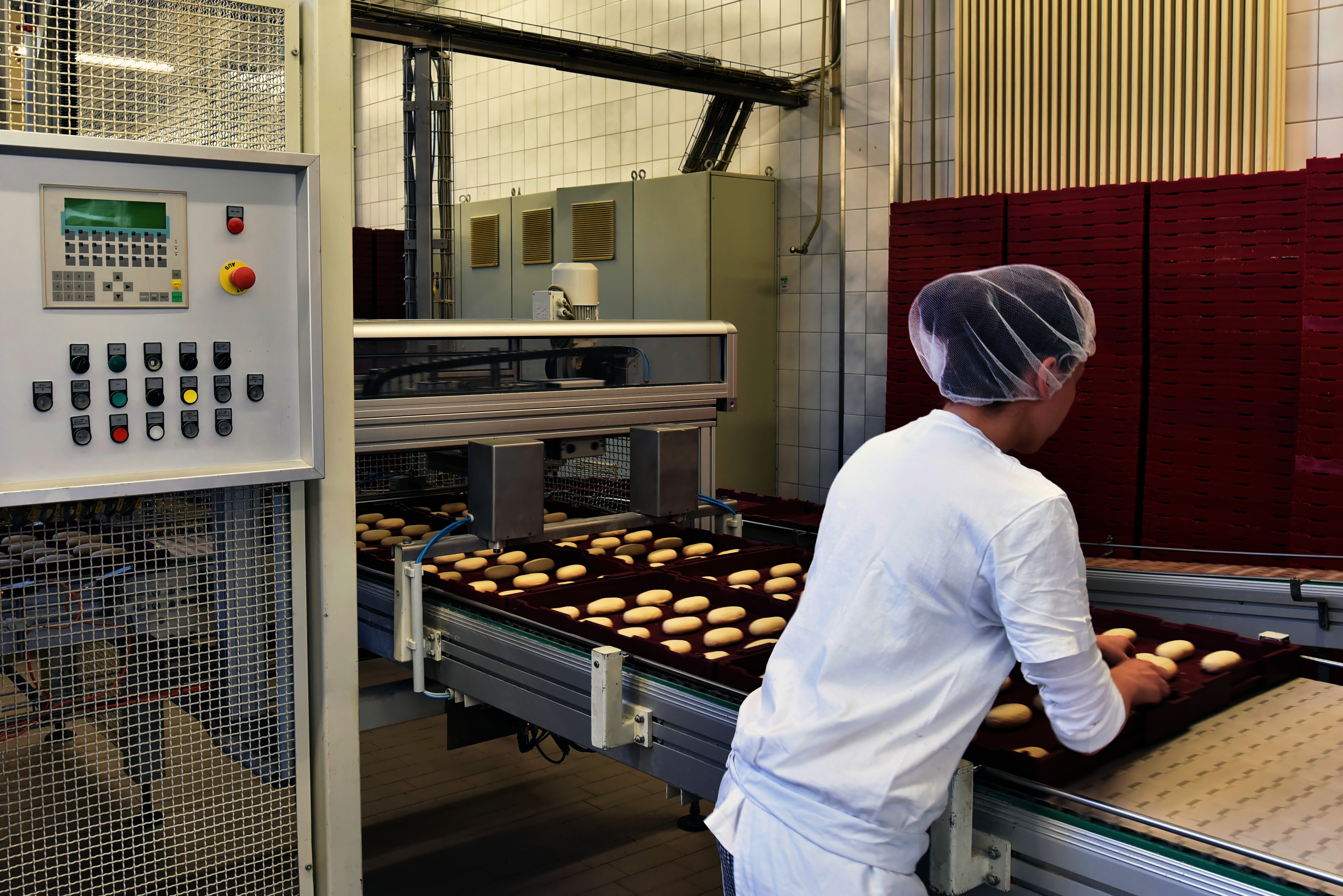Investing in Reliability Pays off for Commercial Bakery
Business keeps on rising for one of the leading suppliers of frozen bakery products to the food service industry. Larger than five football fields, the highly automated, state-of-the-art facility has four production lines that make frozen bread dough, ready-to-eat flatbreads, and frozen cookie dough. While the facility had invested in top-quality baking equipment, personnel and IT infrastructure, there was still room for improvement.
The production teams struggled almost daily to meet product throughput and were missing production targets on most of the new lines. They struggled with excessive equipment downtime, production delays and high product waste streams. Initially, the management team believed that a majority of the issues were from new employees, but as the employees trained and gained much-needed experience the problems still continued.
Reducing equipment downtime and waste is a common problem for food manufacturers – one that might seem pretty easy to tackle. However, this particular facility had some additional challenges: newly designed equipment with almost no established preventive maintenance processes, an underutilized computerized maintenance management system (CMMS), and a reactive maintenance team. Fixing the production issues for the bread dough and flatbread lines was going to require some additional strategies and support to ensure long-term reliable production and to significantly reduce waste.

The facility's management team decided to partner with Life Cycle Engineering (LCE), experts in establishing and implementing reliability best practices. To identify waste within the facility, LCE first used value stream mapping to show the facility’s current state of operations, identify value vs. non-value-added activities, and quantify each activity’s impact to the business.
LCE worked alongside the facility's team on the plant floor, comprised of personnel from operations, maintenance, quality control, and continuous improvement teams to develop solutions for both production line issues. After pinpointing where the failure was occurring in the frozen bread dough line, the team reworked the shape and speed to the exit belt which allowed the sorter to more easily capture product and then move to bagging. For the flatbread line, the solution was to tweak the design of the device used to pick up the product and add suction cups to reduce wasted product. This redesign was projected to save the business nearly $500,000 annually by substantially reducing product waste.
Over the course of 16 weeks, LCE and the facility management team created a future-state plan of action that included simple elements like housekeeping activities and more comprehensive plans to develop a maintenance program focused primarily on improving the facility’s reliability program. LCE also helped the facility implement new reliability engineering processes for measuring overall equipment effectiveness (OEE), developed preventive maintenance practices with an established internal reliability engineer, and created a waste team, known as the “War on Waste,” to continue leading the effort to minimize product waste.
Increasing the facility’s reliability activities produced the following initial results:
OEE reached 77%
Product output per shift increased 5%
Product waste per shift decreased 30%
Total production yield increased 9%
The results were so successful that LCE and the facility worked together to replicate this effort across the remaining production lines with a total savings opportunity of nearly $10 million.

To learn more about value stream mapping, read "Best Practices for
Using Value Stream Mapping as a Continuous Improvement Tool."
